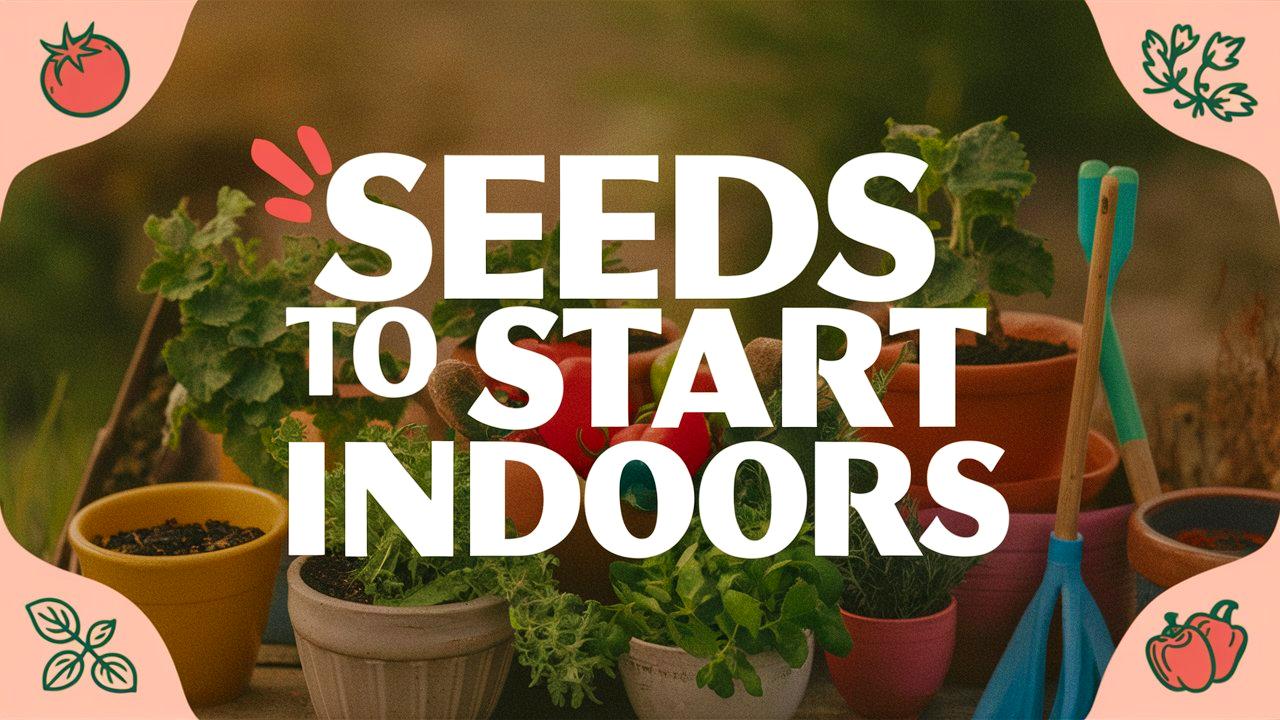Starting seeds indoors is an excellent way to get a jump on the growing season, allowing gardeners to cultivate healthy transplants that thrive in their new environments. Indoor seed starting can lead to better yield, longer harvest periods, and access to a broader variety of plants, especially in regions with short growing seasons.
Below, we’ll explore some of the easiest vegetable and flower seeds to start indoors, offering insights into the benefits of each and how to ensure your seedlings flourish.
Easiest Vegetable Seeds To Start Indoors
Choosing the right vegetable seeds to start indoors can make the gardening process much simpler and more rewarding. Below are some of the most accessible options for novice gardeners as well as seasoned pros looking to get a head start.
Cauliflower
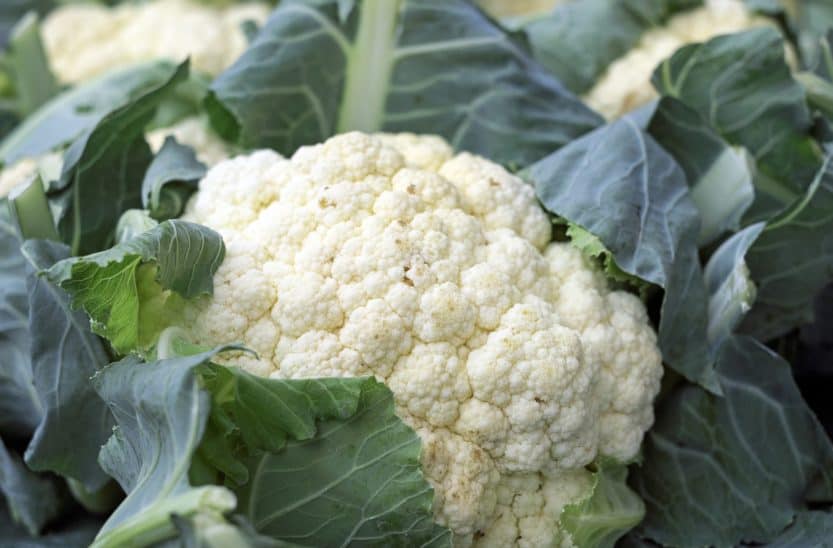
Cauliflower is a cool-season crop treasured for its versatility in the kitchen. Starting it indoors gives the gardener a significant advantage, especially in areas with unpredictable weather. The ideal temperature for germinating cauliflower seeds is between 65°F and 75°F, and the seeds typically take about 7 to 14 days to sprout.
When starting cauliflower, it’s important to use a high-quality seed starting mix that provides good drainage and moisture retention. Fill seed trays or small pots with the mix, and sow the seeds about 1/4 inch deep. Maintaining consistent moisture is critical; however, avoid overwatering which can lead to damping-off disease. After germination, place seedlings under grow lights or in a sunny window to ensure they receive at least 12 to 16 hours of light daily.
As the seedlings develop, it’s beneficial to thin them out to prevent overcrowding, allowing the strongest plants to flourish. In about four weeks, once they have developed their first set of true leaves, the plants are ready to be hardened off. Gradually introduce them to outdoor conditions over the course of a week before transplanting them into the garden 2 weeks before the last expected frost.
Brussels Sprouts
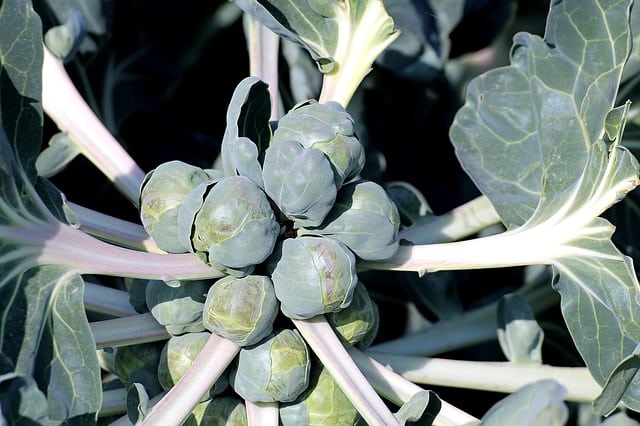
Brussels sprouts are unique in that they thrive in cooler temperatures, making indoor seed starting a great option for these nutrient-rich vegetables. To start Brussels sprout seeds indoors, sow them about 6 to 8 weeks before the last frost date. Their seeds germinate in about 7 to 14 days.
Using cell packs filled with seed starting mix, plant the seeds approximately 1/4 inch deep. Like cauliflower, Brussels sprouts thrive in cooler temperatures, so maintaining a stable room temperature is essential for the seeds’ successful germination.
Once seedlings reach about 3-4 inches in height and develop several true leaves, it’s important to harden them off before transplanting into your garden, ideally around mid-spring. Brussels sprouts require full sun, so choose a location that provides at least 6-8 hours of sunlight a day. They also appreciate rich, well-draining soil and can benefit from a balanced fertilizer when transplanted.
Radicchio
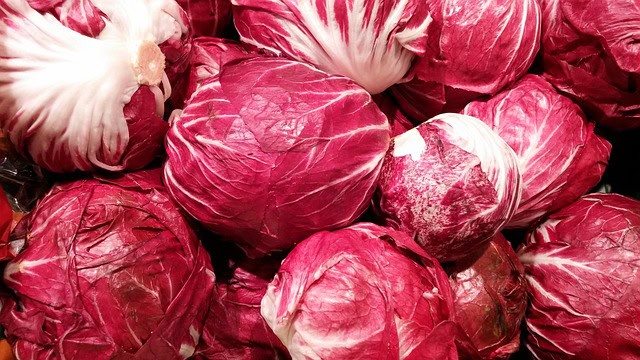
Radicchio, known for its beautiful red leaves and slightly bitter flavor, is an excellent choice for indoor seed starting. It’s a hardy leafy vegetable that thrives in cool temperatures. Start radicchio seeds indoors about 4-6 weeks before the last frost. They typically take 7 to 14 days to germinate.
When planting radicchio seeds, use small individual pots or a seed tray filled with a lightweight potting mix. The seeds are tiny, so sow them on the surface of the soil and lightly cover them with a thin layer of the mix, ensuring they have access to light as they germinate.
Keep the soil evenly moist but not soggy. Once seedlings develop a couple of true leaves and reach around 3-4 inches tall, it’s time to harden them off. Acclimate your radicchio seedlings gradually to outdoor conditions over a period of 7-10 days before transplanting them to a sunny spot in your garden. They thrive in rich soil and appreciate consistent moisture to grow robustly throughout the growing season.
Tomatoes
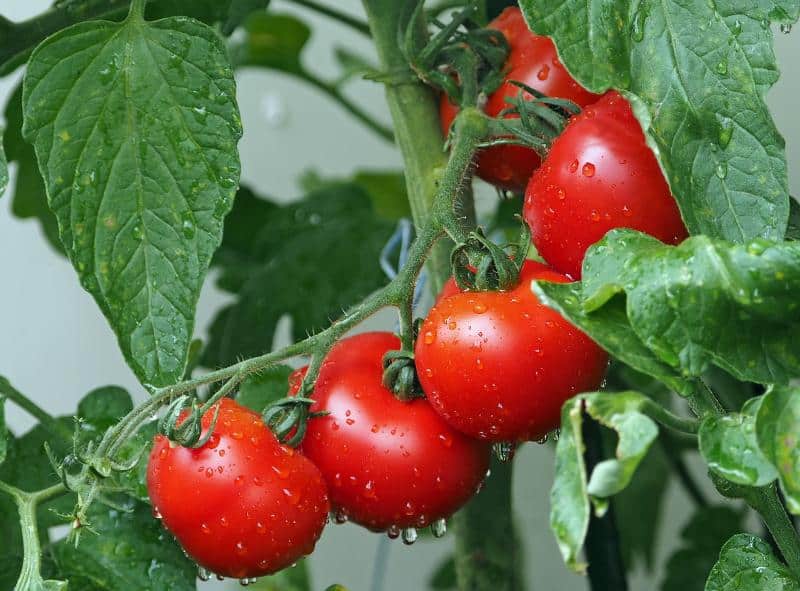
Tomatoes are arguably the most popular garden vegetable, and starting them indoors allows gardeners to enjoy an extended harvest season. These love warm conditions and should be started indoors about 6-8 weeks before the last frost date. Germination takes approximately 5 to 10 days in optimal temperatures between 70°F and 90°F.
Select disease-resistant varieties and use seed trays filled with a quality seed starting mix. Sow the seeds 1/4 inch deep and cover them lightly. It’s crucial to provide adequate light to prevent leggy growth; hence, utilizing grow lights for at least 12 to 16 hours a day proves beneficial.
Once the seedlings form a strong stem and develop true leaves (generally after about 6 weeks), start the hardening-off process by gradually introducing them to outdoor conditions over a week. Transplant them outdoors after the last risk of frost, ensuring they’re placed in a sunny spot with well-drained, nutrient-rich soil. Tomatoes thrive with regular watering and benefit from mid-summer fertilization to maximize yield.
Watermelon
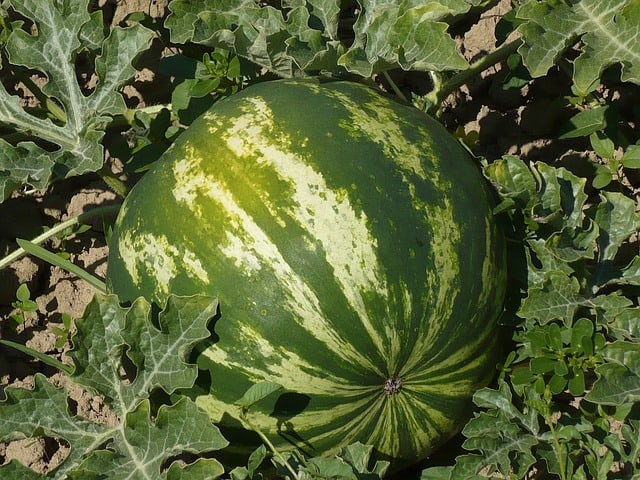
Watermelons are a summertime favorite, but they require a lengthy warm season to thrive. Starting them indoors is advantageous, especially in areas with a shorter growing season. Indoor seed starting should commence 4 weeks before the last frost date.
Watermelon seeds germinate in warm soil, approximately 7 to 14 days after planting at temperatures of 70°F to 90°F. It’s best to use peat pots or biodegradable containers to prevent root disturbance when transplanting. Germination requires consistent soil moisture without waterlogging the seedling’s roots.
When seedlings reach about 3-4 inches tall, it’s time to harden them off. Watermelons need full sun and should be transplanted outdoors after the danger of frost has passed and the soil has warmed significantly. Choose a sunny location with plenty of space for sprawling vines, as they can take over a sizable area in the garden. Regular watering, particularly while the fruits are developing, is key to achieving a juicy harvest.
Okra
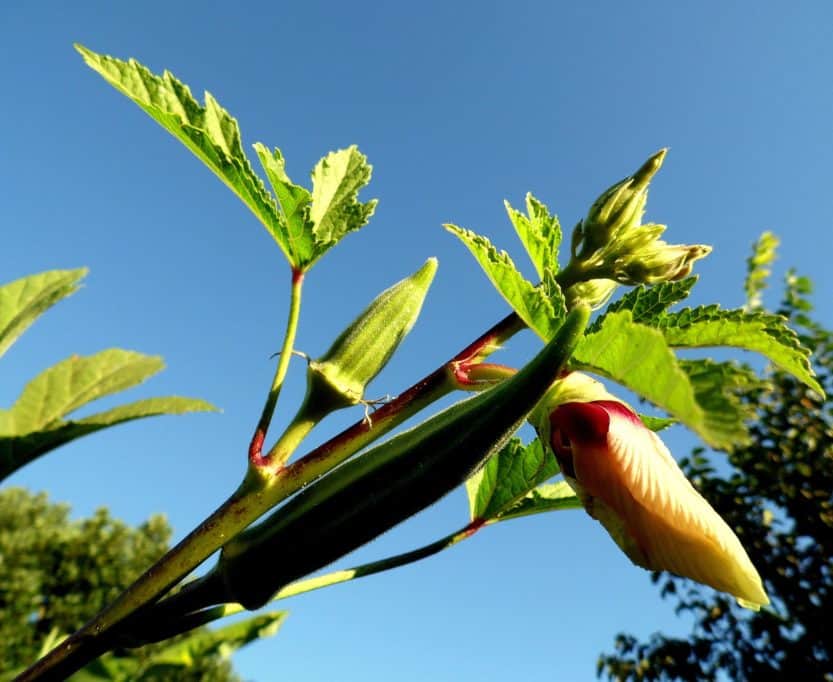
Okra is a warm-weather crop that typically thrives in hotter climates, making indoor seed starting essential in regions with cooler spring temperatures. Sow okra seeds about 6-8 weeks before the last frost date to ensure robust growth.
These seeds germinate in about 7 to 14 days when kept in a warm environment, ideally at 70°F to 90°F. To encourage germination, consider soaking okra seeds for a few hours prior to planting, as this can break down the hard seed coat.
Plant seeds about 1 inch deep into seed trays filled with high-quality potting soil. Once seedlings reach 2-3 inches tall, and the danger of frost has passed, they should be gradually introduced to outdoor conditions, a process commonly termed hardening off. Okra needs full sun and well-drained, nutrient-rich soil once transplanted. These plants can grow quite tall, so providing staking or support might be necessary as they mature.
Basil
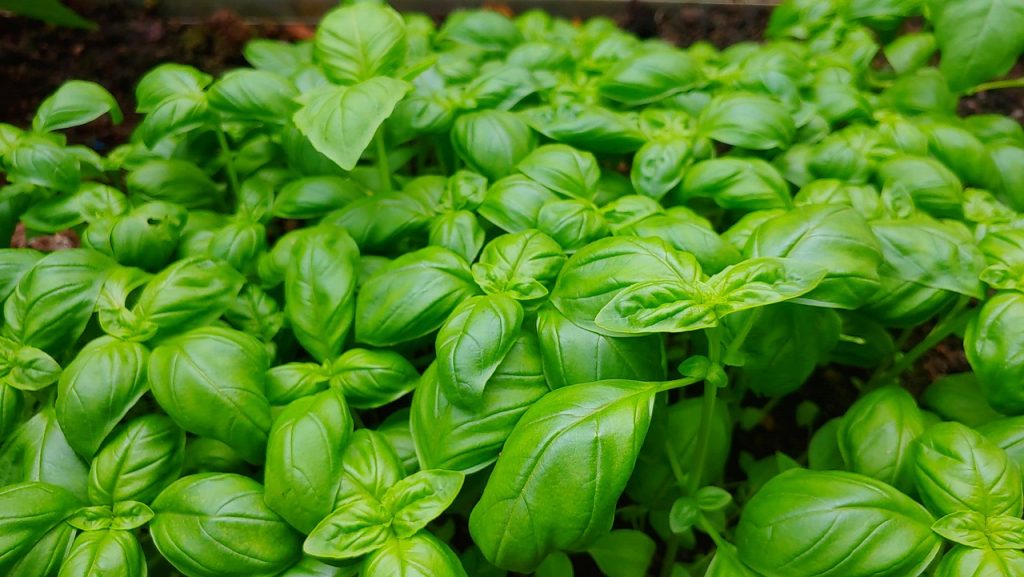
Basil is a beloved culinary herb that thrives with proper care and attention. It’s relatively simple to grow from seed indoors. Start basil seeds about 6-8 weeks before the last frost date. Generally, they germinate within 5 to 10 days.
Sow the seeds in a shallow tray filled with seed starting mix, and lightly cover them with soil, ensuring they have exposure to light for optimal germination. It’s vital to keep the soil consistently moist for healthy seedlings. Once they sprout and develop at least two sets of true leaves, hardening them off will help prepare them for outdoor conditions.
Basil loves warmth and sunlight, so planting it in a bright location is necessary for healthy growth. After acclimating, these seedlings can be transplanted into the garden, preferably in rich, well-draining soil. Regular watering and occasional harvesting of the leaves can encourage bushier growth throughout the season.
Eggplant
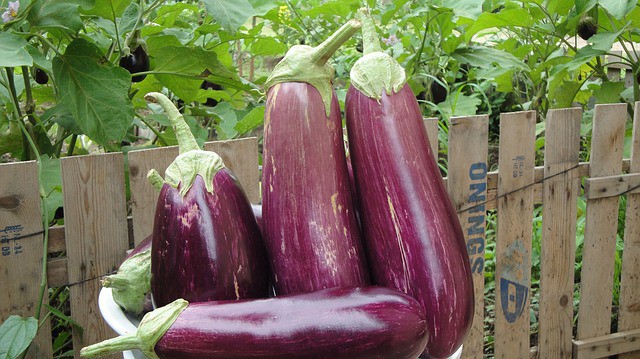
Eggplant is a tender annual vegetable that thrives incredibly well when started indoors. To ensure robust growth, start eggplant seeds inside 8-10 weeks before the last frost date. The seeds will germinate in 7 to 14 days, with warmth critical to successful sprouting.
Use individual pots or seed trays filled with a rich, well-draining potting mix and plant the seeds approximately 1/4 inch deep. Keep the soil consistently moist while providing adequate light—either from a sunny windowsill or grow lights.
When seedlings develop a few sets of leaves, begin the hardening-off process before transplanting them outside about 2 weeks after the last frost. Select a sunny spot in the garden for planting eggplant, preferring rich, nutrient-dense soil. Regular watering and well-timed fertilization will yield fruitful harvests throughout the summer.
Tomatillo
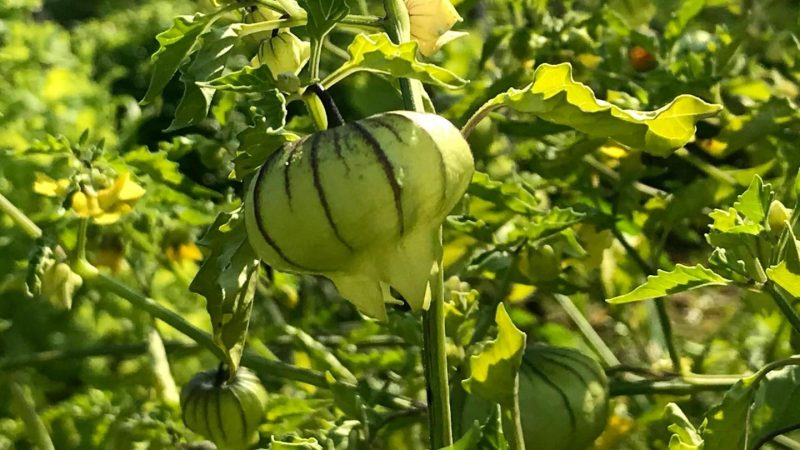
As a member of the nightshade family, tomatillos are excellent for making flavorful salsas. Starting tomatillo seeds indoors is recommended, beginning 6-8 weeks before the last frost date. Seeds will germinate typically in 7 to 14 days when kept above 70°F.
Use seed trays or biodegradable pots filled with a quality seeding mix. Plant the seeds about 1/4 inch deep. Ensure the seedlings receive adequate light—either by placing them in a sunny window or using artificial grow lights.
Once seedlings reach about 4-6 inches tall and exhibit several true leaves, initiate the hardening-off process over the course of a week. Tomatillos should be transplanted outdoors after the danger of frost has passed, as they need ample warmth. They thrive in full sun and require moderate soil moisture throughout their growing season.
Broccoli
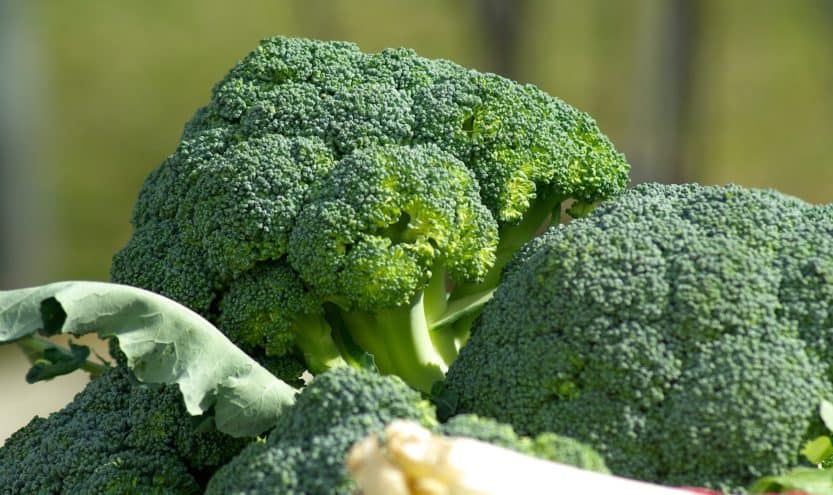
Broccoli is a nutritious vegetable that is easy to grow from seed, particularly when initiated indoors. Starting broccoli seeds indoors 6-8 weeks before the last frost allows for an extended growing period. Germination takes about 7 to 12 days in a warm environment (ideally around 70°F).
When starting broccoli indoors, fill seed trays with a well-aerated seed starting mix. Sow seeds 1/4 inch deep and keep the soil consistently moist without overwatering. When seedlings develop 2-3 true leaves and reach 4-6 inches tall, they are ready for hardening off.
Introduce seedlings to outdoor conditions gradually. Broccoli does well in cooler temperatures, so transplant it outdoors when the soil is cool and the weather is mild. Ensure it receives adequate sunlight and water it consistently for the best yield.
Kale
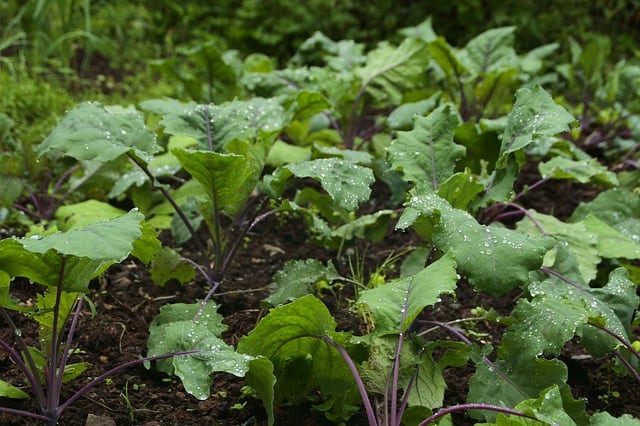
Kale is a nutrient-packed leafy green that is perfect for growing indoors from seed. Starting kale indoors allows a head start before the outdoor growing season. Plant kale seeds 6-8 weeks before the last frost to ensure viable seedlings. The seeds germinate in about 7 to 12 days, preferring cooler temperatures.
Use seed trays filled with potting mix designed for starting seeds, and sow seeds about 1/4 inch deep. Consistent moisture is key for germination, but be careful not to overwater. Once seedlings are 4-6 inches tall and have several true leaves, harden them off for a week before transplanting them outdoors.
Kale performs best in rich, well-drained soil and does well in full sun to partial shade. Give them ample space, and regular watering will promote healthy, leafy growth. With the right conditions, kale can produce multiple harvests throughout the growing season.
Cabbage
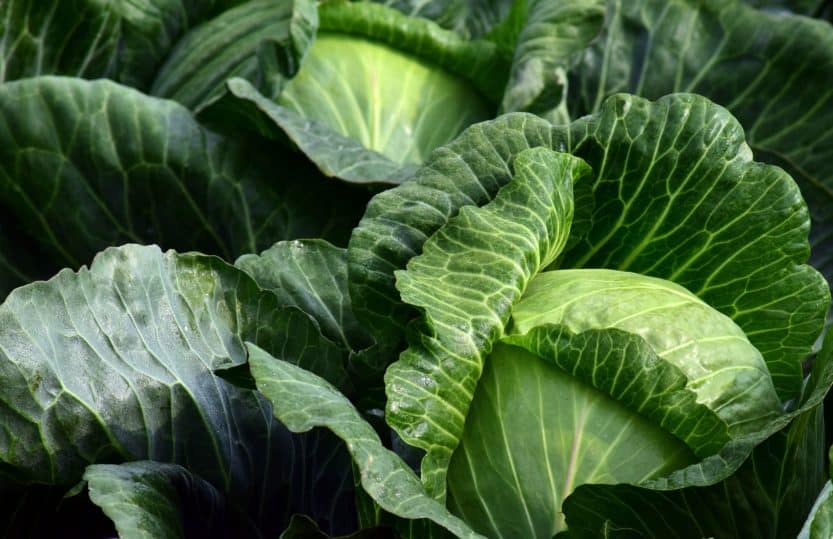
Cabbage is a perennial favorite for gardeners, and starting seeds indoors can lead to successful transplants ready for the garden in early spring. Sow cabbage seeds in seed trays 6-8 weeks before the last expected frost, as they prefer cool weather. Germination occurs in about 7 to 10 days.
Fill seed trays with clean, lightweight potting mix, and plant seeds 1/4 inch deep. Maintaining consistent moisture is critical; allow the seedlings to dry slightly between watering but avoid completely drying out the soil. Once seedlings are 4-6 inches tall, begin hardening them off.
Transplant cabbage seedlings outdoors when the last frost has passed. Cabbage grows best in rich, well-drained soil and receives full sun. Suitable spacing is critical to prevent overcrowding, which can lead to disease—aim for about 12-18 inches apart for optimal growth.
Peppers
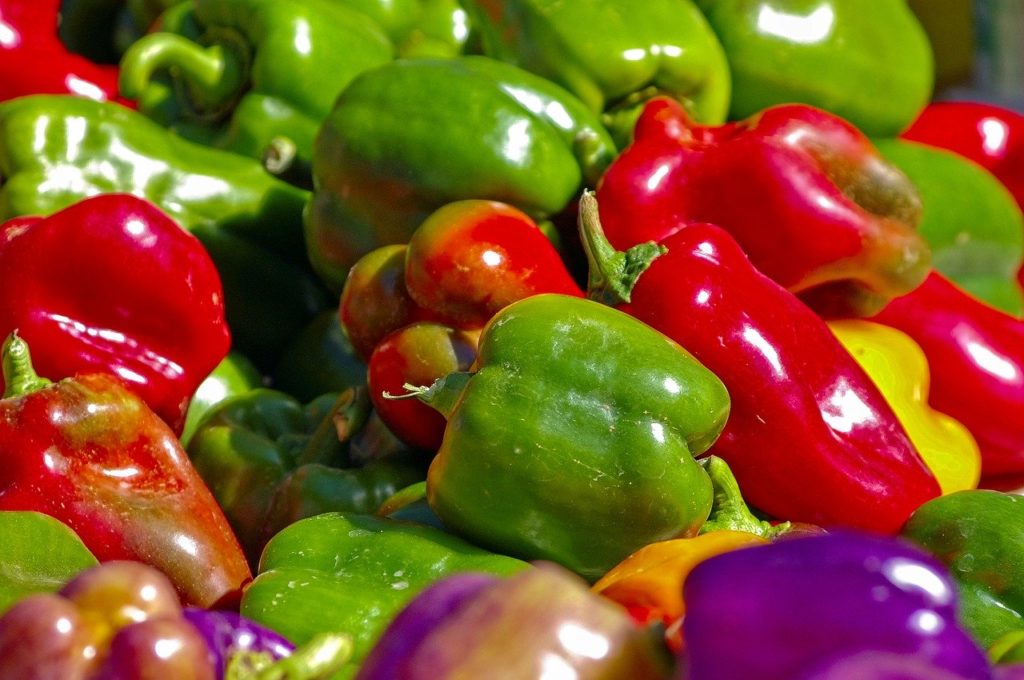
Peppers are a gardener’s delight, available in numerous shapes, sizes, and levels of heat. Starting pepper seeds indoors is essential, especially in colder regions. They should be started 8-10 weeks before the last frost, as peppers require warmer conditions for optimal growth. Seeds usually germinate in 7 to 14 days at temperatures between 70°F and 80°F.
Fill seed trays with quality potting mix and sow the seeds 1/4 inch deep. Keep the soil moist but not overly wet—using a humidity dome over your seed trays can help retain moisture. Make sure they receive sufficient light, as lack of light can result in spindly seedlings.
Once seedlings are established with several true leaves, harden them off before transplanting them outdoors to ensure they’re acclimatized to outdoor conditions. Plant peppers 1-2 feet apart in well-drained soil rich in organic matter. Peppers love sunlight and regular watering, particularly when setting fruit.
Easiest Flower Seeds To Start Indoors
Flower gardening can be just as rewarding as vegetable gardening, adding vibrant colors and fragrances to your living space. Let’s dive into some of the easiest flowers to start from seed indoors.
Marigold
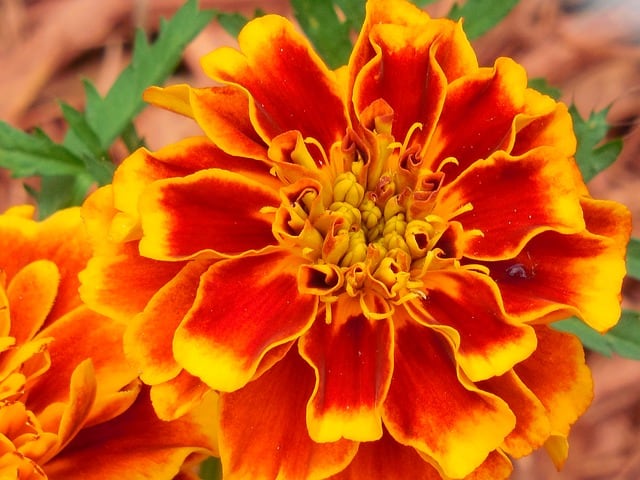
Marigolds are a favorite among gardeners due to their vibrant colors and ability to deter pests in the garden. They are relatively easy to grow from seed and can be started indoors 6-8 weeks before the last expected frost. Marigold seeds germinate fairly quickly, typically sprouting within 5 to 10 days at temperatures between 70°F and 75°F.
To start marigold seeds, use seed trays filled with seed starting mix. Sow the seeds on the surface and lightly press them into the mix, ensuring they receive adequate light to germinate. Keeping the soil consistently moist will promote healthy growth.
After the seedlings have developed several true leaves, they can be transitioned outdoors. As marigolds enjoy sunny conditions, select a location in the garden that receives at least 6 hours of direct sunlight each day. Regular deadheading will encourage continuous blooms throughout the summer.
Castor Bean
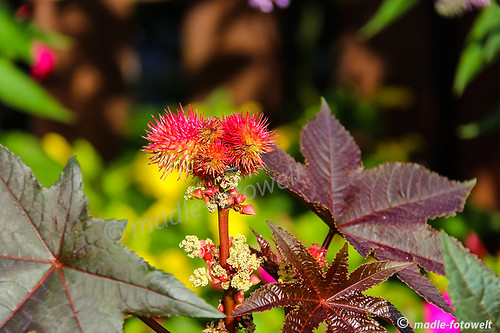
Castor beans are strikingly beautiful with their unique foliage and can thrive when started indoors. Although they are incredibly ornamental, it’s crucial to note that all parts of the plant are toxic if ingested. Starting seeds indoors 6-8 weeks before the last frost date encourages a robust growth cycle.
Castor bean seeds typically take about 2 to 3 weeks to germinate. Soak seeds in water for a few hours before planting in seed trays filled with rich potting soil to help break down the tough seed coat. Plant them 1 inch deep in the soil and keep the environment warm and well-lit.
As seedlings reach 4-6 inches tall, begin hardening them off, gradually introducing them to outdoor conditions. These plants thrive in full sun and prefer nutrient-dense soil, making them suitable for sunny borders or among other large plants in the garden. Provide adequate spacing as they can grow quite large.
Coleus
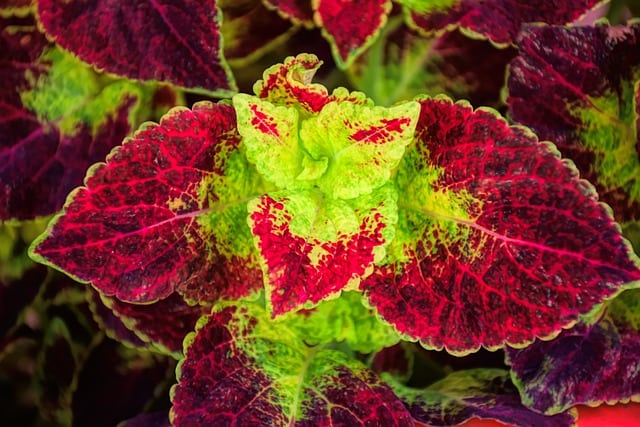
Coleus is celebrated for its vibrant foliage in various colors and patterns, and it is remarkably easy to grow from seed. Start coleus seeds indoors approximately 6-8 weeks before the last frost. The seeds will germinate in about 7 to 14 days in warm conditions.
Use seed starting trays filled with a light seed mix and scatter the seeds on the surface, pressing gently without burying them too deep. Maintain even moisture in the soil until germination occurs. Adequate light is important for strong growth; use grow lights or place them in a bright window.
Once seedlings are strong enough to handle, they can be gradually exposed to outdoor conditions before being transplanted into the garden. Coleus can thrive in full sun, but they also appreciate partial shade, especially in hotter climates. Regular pinching of the tips will encourage fuller growth and more vibrant foliage.
Zinnia
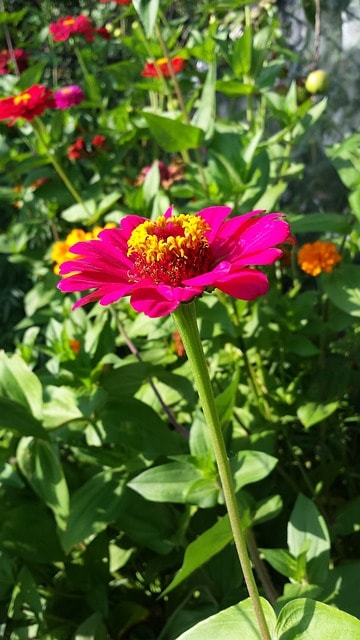
Zinnias are cheerful flowers that add a pop of color to gardens and attract pollinators. They are relatively straightforward to grow from seed, starting indoors about 4-6 weeks before the last frost date. Zinnia seeds usually germinate within 7-14 days at temperatures between 70°F and 75°F.
Choose a light seed starting mix and fill seed trays or pots, covering the seeds lightly with soil as they need some light for germination. Keeping the soil moist but not soggy is crucial for successful sprouting.
Once seedlings are 2-3 inches tall and the threat of frost has passed, they can be gradually hardened off and transplanted outdoors. Zinnias favor full sun and well-drained soil. Regular watering during dry spells can enhance flowering, as they bloom continuously throughout the summer with proper care.


